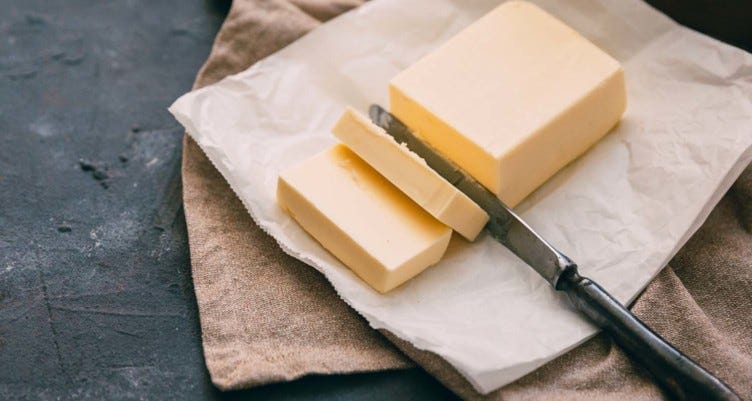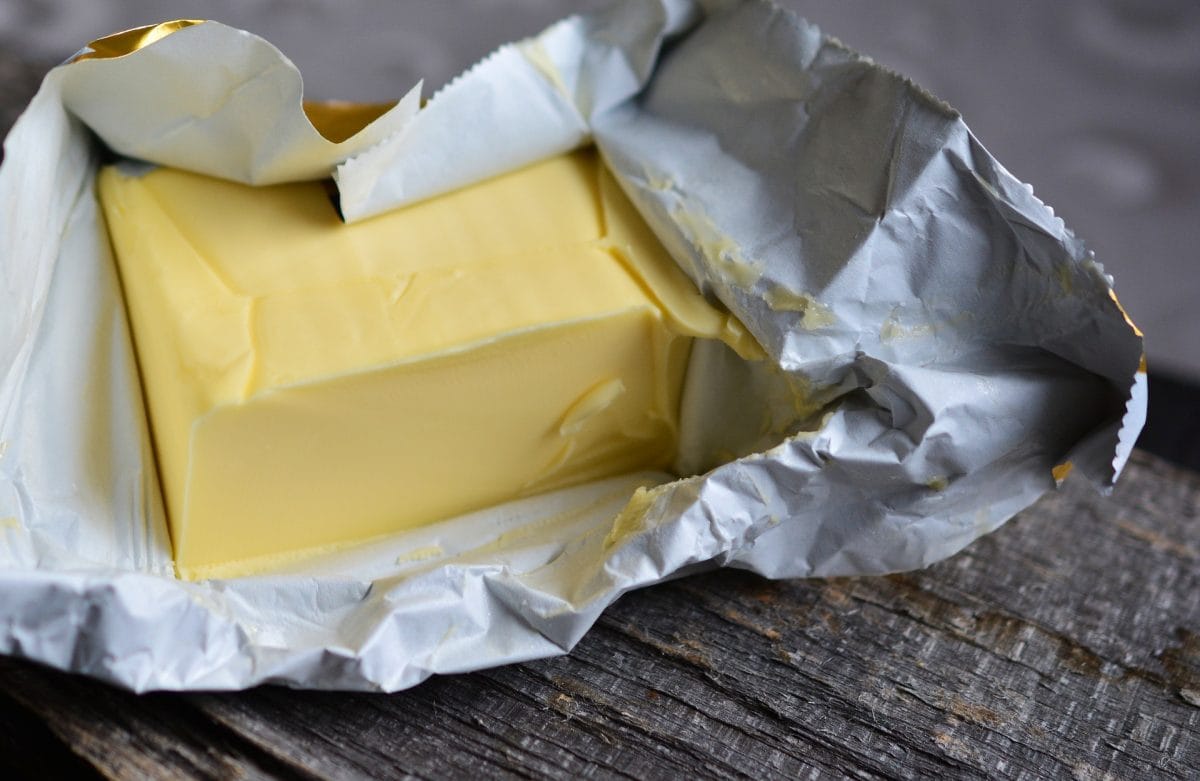
The buttergate is here! Canadians fear that dairy farmers have altered cattle diets to meet with the lock-down induced demand for butter. Here’s what is going down.
Since the start of this year, several Canadians have been noticing a change in their butter. It so happens that the butter is no longer soft at room temperature. Several people speculate that it has something to do with a change in the cattle diet.
Canadians speculate that farmers and cattle owners are using palm oil-based fat supplements in cattle diets to increase production. It is based on the fact that the demand for butter increased by 12 percent last year alone, in Canada.
When did the Buttergate start?
Reports and complaints from customers started coming earlier this year that their butter was hard when at room temperature. Food writer Julie Van Rosendaal was one of the first people to observe this. In February this year, she first noticed that the “firm-butter phenomenon didn’t appear limited to any particular time of year, butter brand or price range.”
Something is up with our butter supply, and I’m going to get to the bottom of it. Have you noticed it’s no longer soft at room temperature? Watery? Rubbery?” she said about her observations on February 3, 2021.
Rosendaal speculated on Twitter and guessed that the change in butter texture, in addition to its inability to soften at room temperature could be a result of a change in feeding practices. These new practices might be the reason behind the fatty acid profile of milk. Following this, many other Canadians came to the same conclusion. This was dubbed as the great buttergate by the media.
Did Canadian farmers change cattle diet to meet butter needs?
Mike von Massow, a lecturer at the Department of Food, Agricultural and Resource Economics at the University of Guelph in Canada stated that dairy farmers have been feeding palm oil feeds to cows for years. Canadian dairy farmers started using them around 2001, but they’ve become more prevalent in recent years in response to an increase in demand for butterfat,” said Massow. A sudden current change cannot have been made by long-term practices.
“There are many many Canadians on social media who feel like their butter has changed. We don’t know if that is real. I will tell you in my very small sample (my house) there is no change in the butter and a friend tells me he is softer. It remains soft and spreadable on my counter. That doesn’t, however, mean there is no change,” they added.
However, lab tests on 17 Ontario based butter brands suggest that palm oil derivatives are not the cause of unusually hard butter
